Blog
Ultimate Guide to Choosing the Right Electronic Board: Key Metrics and Insights for Success
In the rapidly evolving landscape of technology and education, the choice of an electronic board has become a pivotal decision for institutions and organizations alike. According to a recent report by Research and Markets, the global smart board market is expected to reach $4.5 billion by 2026, reflecting a compound annual growth rate (CAGR) of 20.6%. This growth underscores the increasing reliance on electronic boards to facilitate interactive learning and enhance productivity in various settings. Yet, selecting the right electronic board can be daunting amid the myriad of options available, each boasting unique features and specifications. This guide aims to provide key metrics and insights that can help decision-makers navigate this complex landscape, ensuring that they choose the most suitable electronic board to meet their specific needs and achieve successful outcomes.
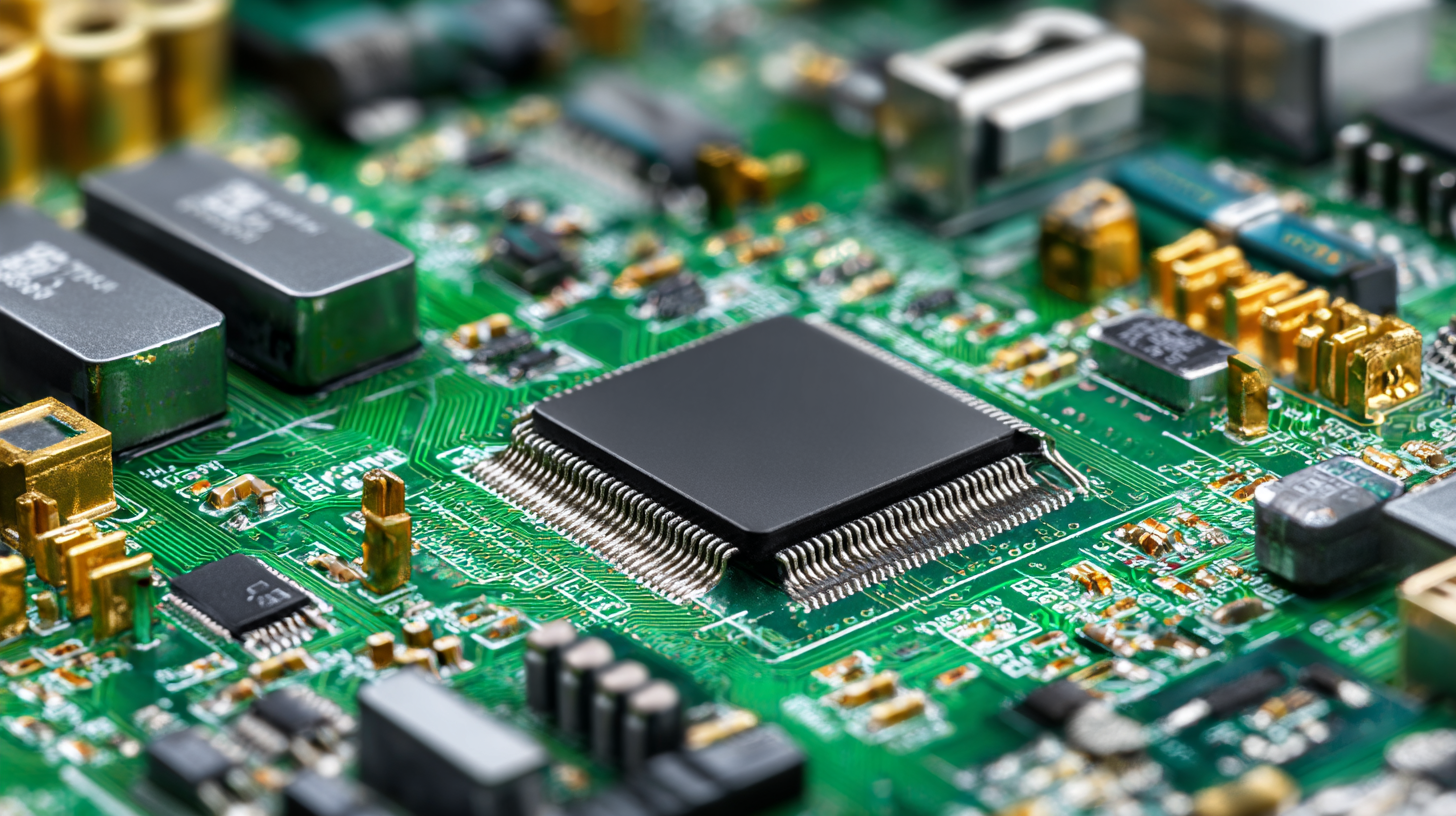
Key Metrics for Evaluating Electronic Board Performance: A Comprehensive Overview
When evaluating the performance of electronic boards, it is essential to focus on key metrics that determine their efficiency and effectiveness. Key metrics might include response time, processing power, and energy consumption, all of which play a critical role in the functionality of the electronic board in various applications.
For instance, in emergency departments, improved triage performance can be achieved by integrating machine learning algorithms, which necessitate evaluating the board's ability to process and analyze large datasets efficiently. This highlights the importance of robust performance metrics in ensuring that electronic boards can handle complex tasks effectively.

Moreover, as industries increasingly adopt digitalization, the need for well-defined key performance indicators becomes even more imperative.
In fields like healthcare and manufacturing, metrics such as accuracy, reliability, and resource utilization are paramount. For example, in the context of a multimorbidity patient-centered care model, it is crucial to assess how electronic boards facilitate real-time patient monitoring and data integration.
By establishing comprehensive evaluation frameworks, organizations can make informed decisions about technology investments, ultimately unlocking the full potential of electronic boards in various sectors.
Understanding Different Types of Electronic Boards: Features and Applications
When selecting the right electronic board for various applications, understanding the distinct types of these boards and their features is crucial. Electronic boards, such as rigid circuit boards, flexible printed circuits (FPC), and rigid-flex boards, each offer unique advantages tailored to specific needs. For instance, FPCs are particularly beneficial in compact and lightweight designs, making them an ideal choice for industries like automotive, where space and weight efficiency are paramount. Their flexibility allows for integration in dynamic environments, enhancing the functionality of devices, especially in cutting-edge technologies like electric vehicles.
In recent years, the application of FPCs has surged, particularly within the electric vehicle sector. Leading companies have adopted these boards in mass production, recognizing their value in optimizing the battery pack assembly. This trend reflects an increasing demand for innovative materials and designs that contribute to lighter, more efficient batteries. As the market for electronic boards expands, driven by advancements in technology and the growth of industries such as automotive and consumer electronics, understanding the specific features and applications of each type of electronic board becomes integral for businesses seeking to remain competitive and leverage new opportunities for success.
Cost-Benefit Analysis of Electronics Boards: Balancing Quality and Budget
When selecting an electronic board, conducting a thorough cost-benefit analysis is crucial for balancing quality and budget. A recent report from the Electronic Industries Alliance (EIA) indicates that nearly 60% of companies experience significant project delays due to poorly chosen components, highlighting the importance of upfront investment in quality. While it may be tempting to opt for the cheapest option, understanding the long-term implications on performance and maintenance can save costs in the long run.
**Tip:** Always assess the total cost of ownership (TCO) rather than just the initial purchase price. This includes considering factors like durability, warranty duration, and compatibility with other systems, as these can impact your bottom line significantly. Investing in a high-quality board may result in lower failure rates, fewer replacements, and reduced labor costs for maintenance over time.
Moreover, industry studies suggest that a well-rounded approach, incorporating both qualitative and quantitative metrics, often leads to better decision-making. Research from Gartner reveals that organizations that integrate comprehensive analytics into their purchasing decisions realize up to a 20% higher ROI on their electronic components.
**Tip:** Utilize performance metrics such as lead times, failure rates, and customer support availability when analyzing different boards. This data can provide insights that steer you toward more reliable suppliers, fostering strategic partnerships that yield better quality without breaking the bank.
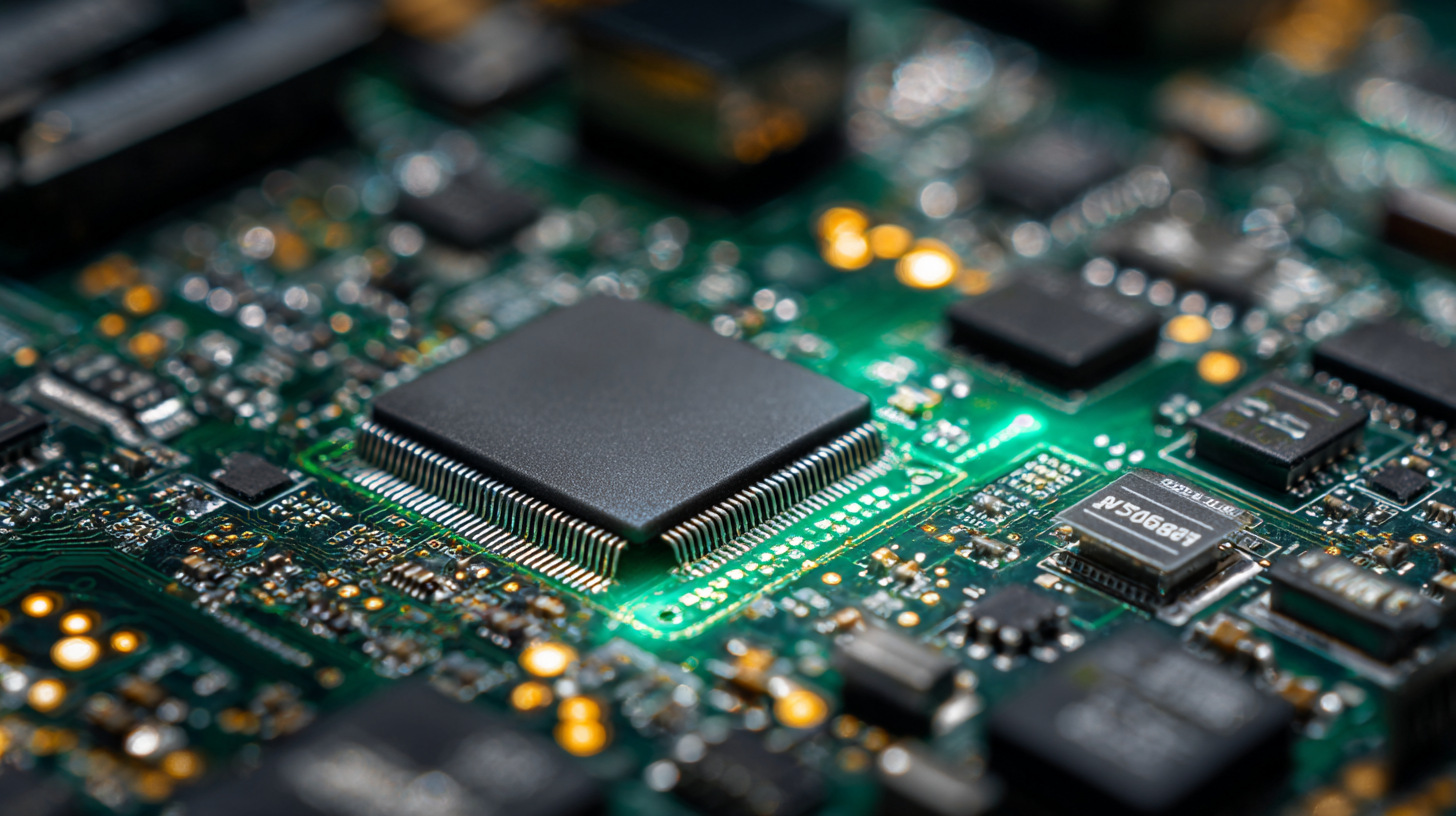
The Role of Scalability in Electronic Boards: Preparing for Future Growth
When selecting an electronic board, scalability plays a crucial role in determining its future effectiveness and adaptability. As businesses increasingly embrace digital transformation, the demand for scalable solutions has skyrocketed. According to a report by MarketsandMarkets, the global electronic board market is projected to grow from $6.56 billion in 2020 to $12.86 billion by 2025, with a compound annual growth rate (CAGR) of 14.2%. This growth emphasizes the need for electronic boards that can scale efficiently to accommodate evolving technological demands and user requirements.
Scalability not only ensures that the electronic board can handle increased workloads but also facilitates integration with emerging technologies. For instance, a study by Gartner revealed that organizations investing in scalable infrastructure are 50% more likely to experience improvements in their operational efficiency. This statistic underscores the importance of choosing an electronic board that can grow alongside your business, allowing for seamless upgrades and expansions without significant overhauls.
As companies prepare for future growth, prioritizing scalable solutions is essential for maintaining a competitive edge in an ever-evolving technological landscape.
Trends in Electronics Board Technology: Innovations Shaping the Industry Landscape
In the rapidly evolving world of electronics, staying ahead of the trends in electronic board technology is crucial for both manufacturers and consumers. Recent innovations have led to significant advancements, particularly in the realm of materials and design. The rise of
flexible printed circuit boards (PCBs), for example, has revolutionized how devices are conceived, enabling more compact designs and increased functionality without sacrificing reliability. This shift is especially prominent in consumer electronics, wearables, and medical devices, where space constraints and performance are paramount.
Moreover, the adoption of smart technologies, such as
embedded sensors and IoT integration, is redefining traditional electronic boards. These enhancements allow for real-time data collection and analysis, paving the way for smarter, more connected products. As industries look towards more sustainable solutions, advancements in
eco-friendly materials and energy-efficient designs are also beginning to take center stage. This not only addresses environmental concerns but also meets the rising demand for greener electronics, positioning companies for a future that prioritizes sustainability alongside technological advancement.
Related Posts
-
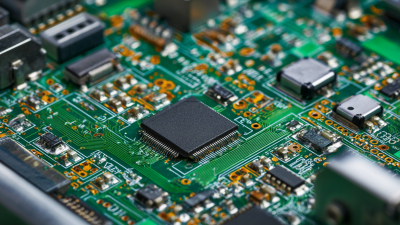
Understanding the Industry Standards Challenges for Best PCB Circuit Production
-
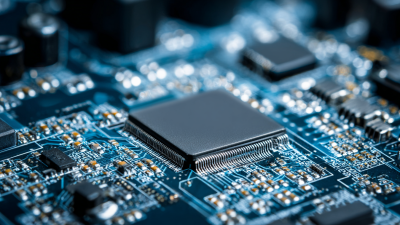
Unlocking Quality: Proven Strategies to Source the Best Prototype PCB Board Suppliers Worldwide
-

The Definitive Ultimate Guide to Sourcing and Using Flex Circuits for Global Buyers
-
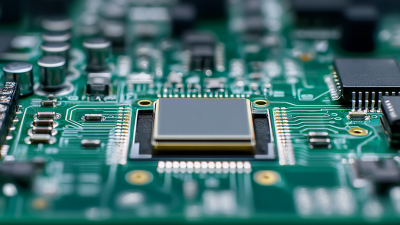
How to Achieve Fast and Cost-Effective PCB Prototyping for Your Product Development
-
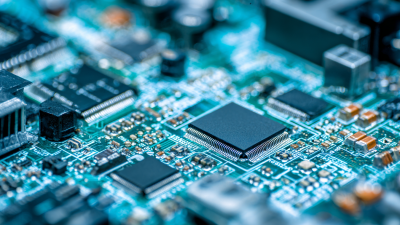
7 Essential Tips for Sourcing the Best PCB Production Worldwide
-

7 Essential Reasons Why Rigid Flex Technology Is Transforming Modern Electronics
